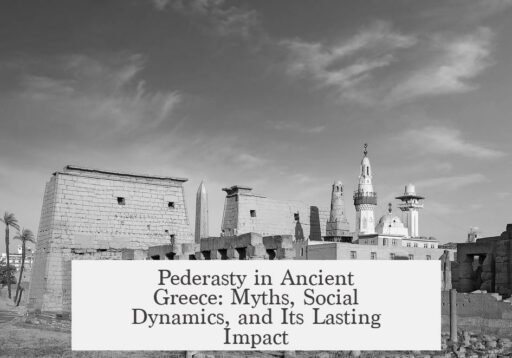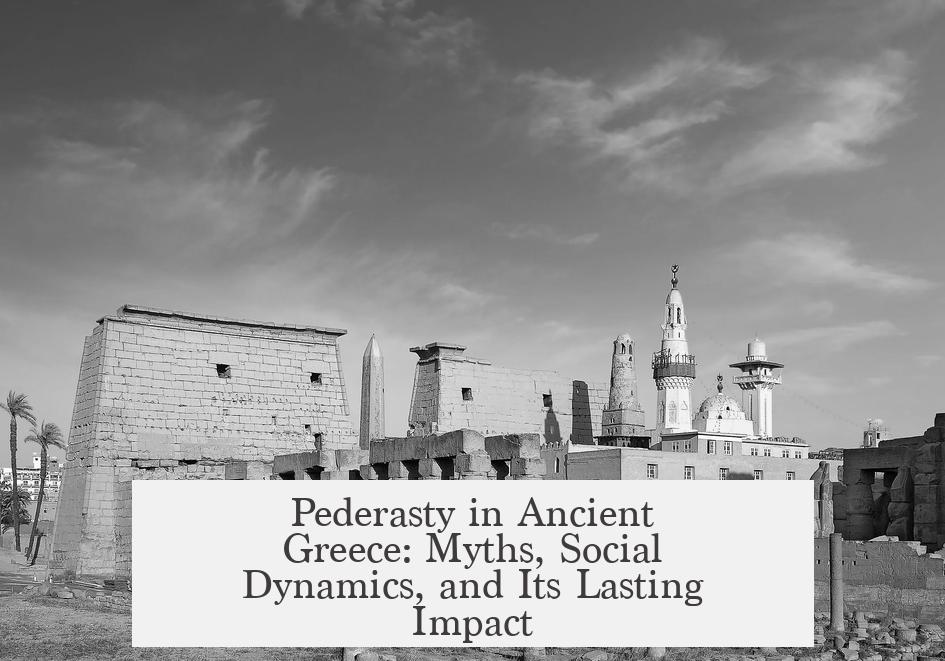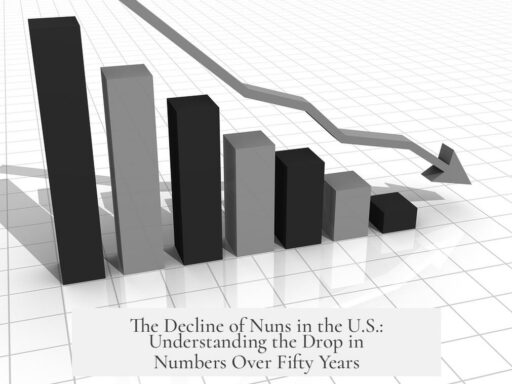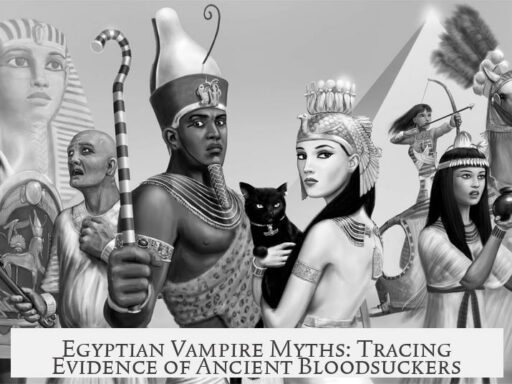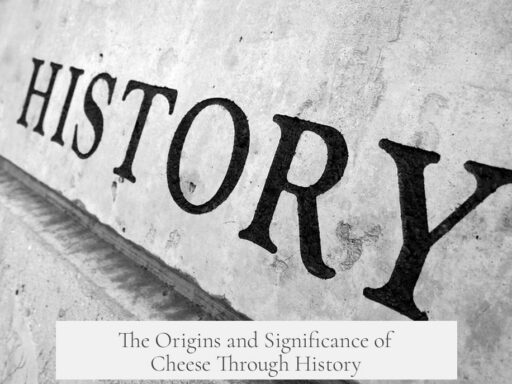Pederasty in ancient Greece was a socially significant and complex institution involving relationships between adult men and adolescent boys. This practice had deep historical roots, played a vital role in education, social networking, and military culture, and varied by city-state. Its nature was predominantly sexual, though some philosophical debates suggested non-sexual ideals. The system imposed social restrictions and generated debate concerning its emotional impacts on youths.
The origins of pederasty in ancient Greece likely date back to at least the 7th century BCE. Its presence is hinted at in Homeric texts, such as the myth of Zeus and Ganymede, indicating that the practice may have existed even earlier. Some theories propose that pederasty evolved during the Mycenaean or possibly Minoan eras, suggesting indigenous or imported origins.
This long-standing tradition was more prevalent than nonsexual forms, although explicit discussions are rare. The prevailing assumption is that pederastic relationships typically had a sexual dimension intertwined with social signaling and education.
In terms of social importance, pederasty functioned similarly to mentoring or patronage systems. It provided adolescent boys with access to influential men who could improve their social standing and future prospects. This relationship was more than romantic; it acted as a form of networking and endorsement within aristocratic society.
- Youths involved in such relationships could benefit from mentorship.
- They gained learning opportunities and social connections.
- An older man’s public interest boosted a boy’s status and chance for leadership roles.
This social mechanism was particularly valuable in aristocratic circles, where connections often dictated success. Boys aspired to attract the attention of powerful men to advance socially.
Restrictions applied mainly to free Greek males. The dominant, older partner was typically a free man, while the younger was a free adolescent male. Sexual relations with slaves or property (wives/slaves) were forbidden in these mentor-style relationships. The bond maintained clearly defined social boundaries to preserve status and propriety within the polis.
The military dimension of pederasty reinforced this practice’s role within the wider culture. In some Greek city-states like Thebes and Sparta, male-male love was idealized for soldiers, pairing an older man with a younger youth to bond troops more tightly. The Sacred Band of Thebes, an elite military unit, exemplifies this integration.
Spartan pederasty was highly institutionalized under the Lycurgan system. Boys trained openly with older males observing them. An older man might select a boy based on his beauty or athletic ability and form a close bond. This system intertwined pederasty with Spartan educational and military training, strengthening social cohesion.
Athenian pederasty shared similar foundations but was less regulated. Attraction between an older male and a youth arose more spontaneously and varied more widely. Athenian practices reflected broader social nuances and individual discretion rather than formalized systems.
The nature of these relationships sparks philosophical discussion. Socrates famously argued that the purest form of love in these bonds was non-sexual, elevating affection and intellectual connection over physical acts. This view challenged traditional notions, impressing ancient audiences.
Despite Socratic ideals, most historical evidence suggests these relationships were usually sexual. Instances of chaste pederasty were rare or unrecognized. The lack of detailed descriptions of sexual acts leaves room for debate, but sexual relations likely predominated.
There are recorded concerns about potential harm to boys engaged in pederasty. Some critiques, notably from Athenian sources, mention emotional damage. However, detailed historical documentation is scarce, leaving these consequences somewhat ambiguous.
| Aspect | Description |
|---|---|
| Origin | Ancient, at least 7th century BCE, possibly Mycenean or Minoan roots |
| Social Role | Mentorship, networking, social advancement, education |
| Restrictions | Links between free males; no slaves or property |
| Military | Institutionalized in Sparta, idealized in Thebes’ Sacred Band |
| Nature | Predominantly sexual, with philosophical idealization of non-sexual love |
| Criticism | Concerns about emotional harm to youths, limited sources |
Pederasty in ancient Greece represents a structured social and educational phenomenon marked by complex rituals and strong cultural meanings. It influenced social mobility and military cohesion, especially in Sparta and Thebes, while showing variation in Athens. The sexual aspect dominated, though philosophical perspectives, such as those of Socrates, highlighted emotional and intellectual dimensions. The practice was bounded by social status, emphasizing freedom and masculinity, and invited some criticism over its impact on young boys.
- Practiced between older free men and adolescent boys, mostly in aristocratic circles.
- Supported mentorship, social advancement, and military bonding.
- Instituted formally in Sparta; less regulated in other city-states.
- Predominantly sexual but philosophically idealized as potentially non-sexual.
- Raised ethical concerns about emotional effects on youths.
Pederasty in Ancient Greece: Beyond the Myths and Misunderstandings
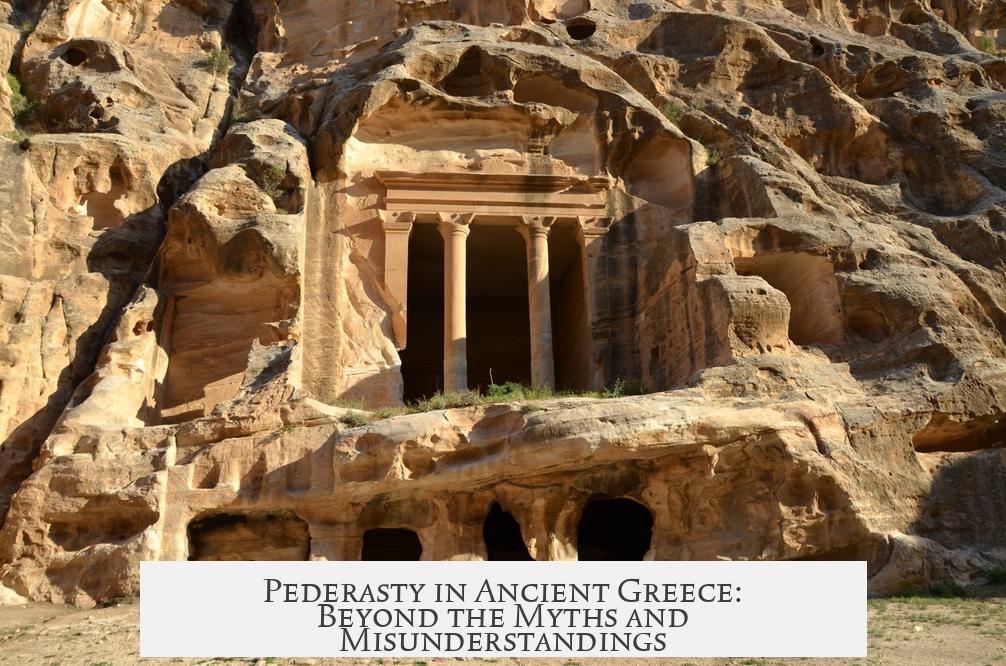
Pederasty in ancient Greece was a socially acknowledged practice involving relationships between adult men and adolescent boys. This phenomenon, knitting together mentorship, affection, and often sexuality, played a strikingly complex role in Greek culture. It’s tempting to reduce these relationships to mere taboo or controversy, but peeling back the layers reveals a nuanced system embedded in social, military, and educational spheres.
Let’s dive into this curious corner of history, unpacking where it started, how it functioned, and what it meant to the Greeks themselves.
Origins Older than Homer?
Pederasty’s roots stretch far back—way before it became a “thing” in classical Athens or Sparta. References like Zeus and Ganymede hint at its antiquity.These relationships probably date back to at least the 7th century BCE, possibly reaching into the Mycenean or even Minoan periods. That’s like saying the practice might be older than your favorite Olympic sport. What’s more interesting? There’s no record of this in the East, suggesting it was a uniquely Greek innovation or adoption.
More Than Just a Romance: The Social Web
Far from a mere dalliance, pederasty in Greece functioned as a crucial social system. Imagine it as part mentorship, part networking event — but with a twist. According to dialogues like Plato’s Symposium, being “picked” by a prominent older man wasn’t just flattering. It was a powerful leap on the social ladder.
For adolescent boys, attracting the interest of influential persons like Spartans was a “ticket” to opportunities—leadership roles, military prestige, or political careers. Think LinkedIn before the internet: your mentor vouched for your character and potential, opening doors otherwise closed.
The older man, in turn, gained respect for nurturing the youth, guiding him with experience and resources. This dynamic blurred the lines between education, affection, and social advancement.
Social Boundaries and Restrictions
Don’t picture this as universal or unregulated. Participation wasn’t a free-for-all. Key was status—relationships were almost exclusively between free men, keeping the dominant, masculine role reserved for them.
Slaves and women were off-limits for these mentor-like bonds. The free male encountered few sexual restrictions beyond the obvious prohibition: no poking around property owned by others, i.e., wives or slaves. But these mentor-youth relationships didn’t involve slaves on either side. It was a privilege and marker of status, not just personal preference.
Love on the Battlefield

Military life institutionalized pederasty in fascinating ways.
The legendary Sacred Band of Thebes consisted of 150 pairs of lovers—a military unit bonding pairs of male lovers who fought and died side by side. The Spartan army, known for its strict Lycurgan laws, embraced pederasty similarly, blending these relationships into the rigor of training and communal life.
Imagine the morale boost when your battle buddy doubles as a love interest. This intertwined affection and loyalty became a weapon as effective as swords and shields.
Different Flavors: Spartan vs. Athenian Pederasty
Sparta wore pederasty on its sleeve as an institutional feature. Under their military and social system, young boys underwent training visible to the whole community, placing them in the spotlight for possible selection by older men.
If you were a young Spartan with a knack for athletics or simply caught the eye, you might enter a formal relationship that mixed mentorship, military schooling, and personal affection. It was openly accepted and expected.
Contrast this with Athens, where the practice was less institutionalized and more fluid. Athenians seemed to adopt a more informal approach, with older men attracted to boys for varied reasons. The social rules were more subtle compared to Sparta’s regimented embrace.
Sexual or Chaste? What Did Love Look Like?
There’s a misconception that all pederastic relationships were strictly sexual. Not quite.
Philosopher Socrates, famously featured in Plato’s works, argued that the purest form of Love was non-sexual affection between man and boy. This idea stunned his listeners, suggesting a love not driven solely by physical desire but by admiration and learning.
However, historical evidence hints that sexual interactions were common, if not the norm. While chaste relationships aren’t outright impossible, there’s little documentation or recognition of them as a standard model.
Details of the sexual acts involved rarely appear in texts; ancient Greeks tended to be discreet or coded in their references. Yet, probability and cultural context suggest many such relationships involved sexual activity under the guise of mentorship.
The Emotional Cost: Acknowledging the Potential Harm
While our focus is often on the societal and cultural sides of the practice, not all contemporary voices praised pederasty without reservations.
There are hints of criticism, especially regarding the emotional impact on the boys involved. Some modern scholars highlight concerns about the potential for emotional damage or exploitation, though direct ancient sources on this remain scarce.
This reminder gives balance to a complex tradition—though legally and socially accepted, pederasty was not without its potential pitfalls.
What Can We Learn from Ancient Greek Pederasty Today?
This practice, alien and uncomfortable to many modern readers, offers rich insights into social structures, mentorship, and the intertwining of personal relationships with political and military power.
Despite its problematic aspects by today’s standards, it served clear purposes:
- Facilitating education and social advancement for youth.
- Building networks and alliances through personal bonds.
- Creating military cohesion grounded in loyalty and affection.
It’s a vivid reminder that human sociality often mingles the personal with the political in surprising ways. Could modern mentorship mimic some elements without the controversial parts? Maybe the best takeaway is the lasting value of guidance and connection in any form.
Is it possible that some elements of these ancient customs shaped leadership and societal advancement more than we give credit? What lessons do these dynamics teach us about mentorship today?
What social role did pederasty play in ancient Greek society?
Pederasty acted like mentoring and networking. An older man’s interest could boost a boy’s social status and future opportunities. For boys, this relationship offered learning and connections with powerful men.
How was pederasty viewed and practiced in Sparta?
In Sparta, it was part of the society’s system. Boys trained openly and could be chosen by older men based on qualities like beauty or skill. The bond was encouraged and integrated into military and social life.
Did all pederastic relationships involve sexual activity?
Most were sexual, but some might have been chaste, though this was not common or widely recognized. The sexual aspect is usually implied, but some relationships could focus on love without sex.
Were slaves involved in pederastic relationships?
No. These relationships were between free men only. Slaves and women were not part of this mentor-style bond, which centered on free males in dominant and youth roles.
How did pederasty influence the military in ancient Greece?
Military groups like the Sacred Band of Thebes valued the bond of love between younger and older men. Spartans also embraced this practice to strengthen loyalty and morale among soldiers.
